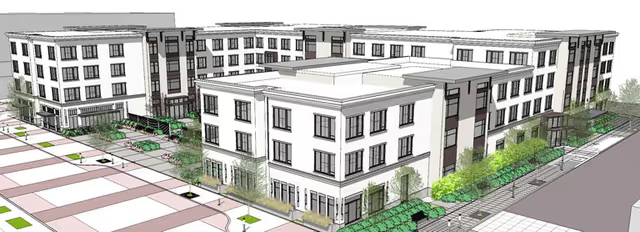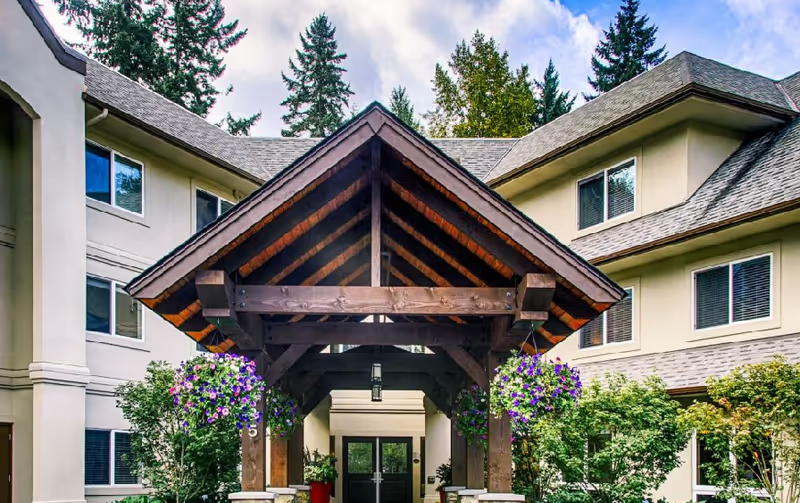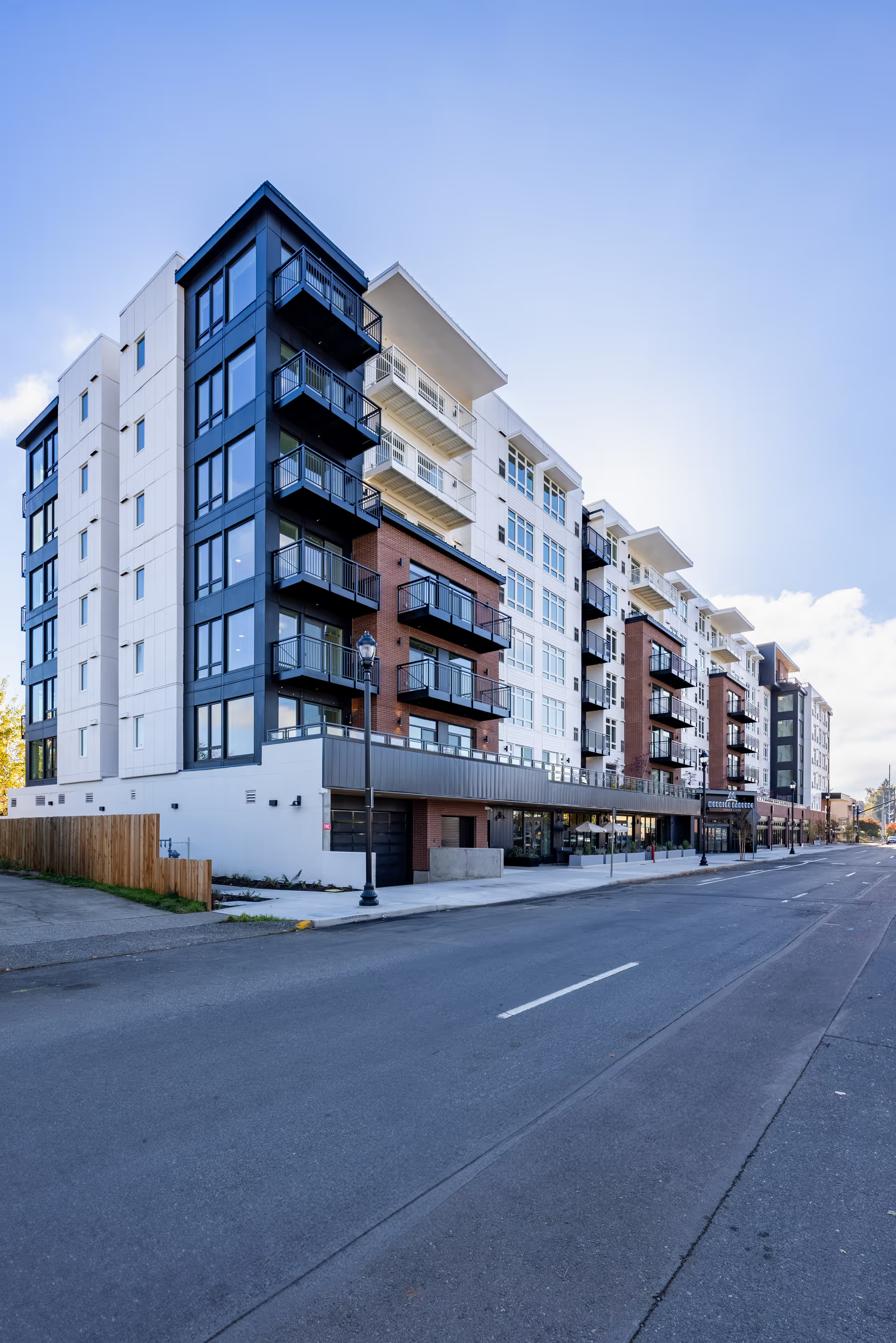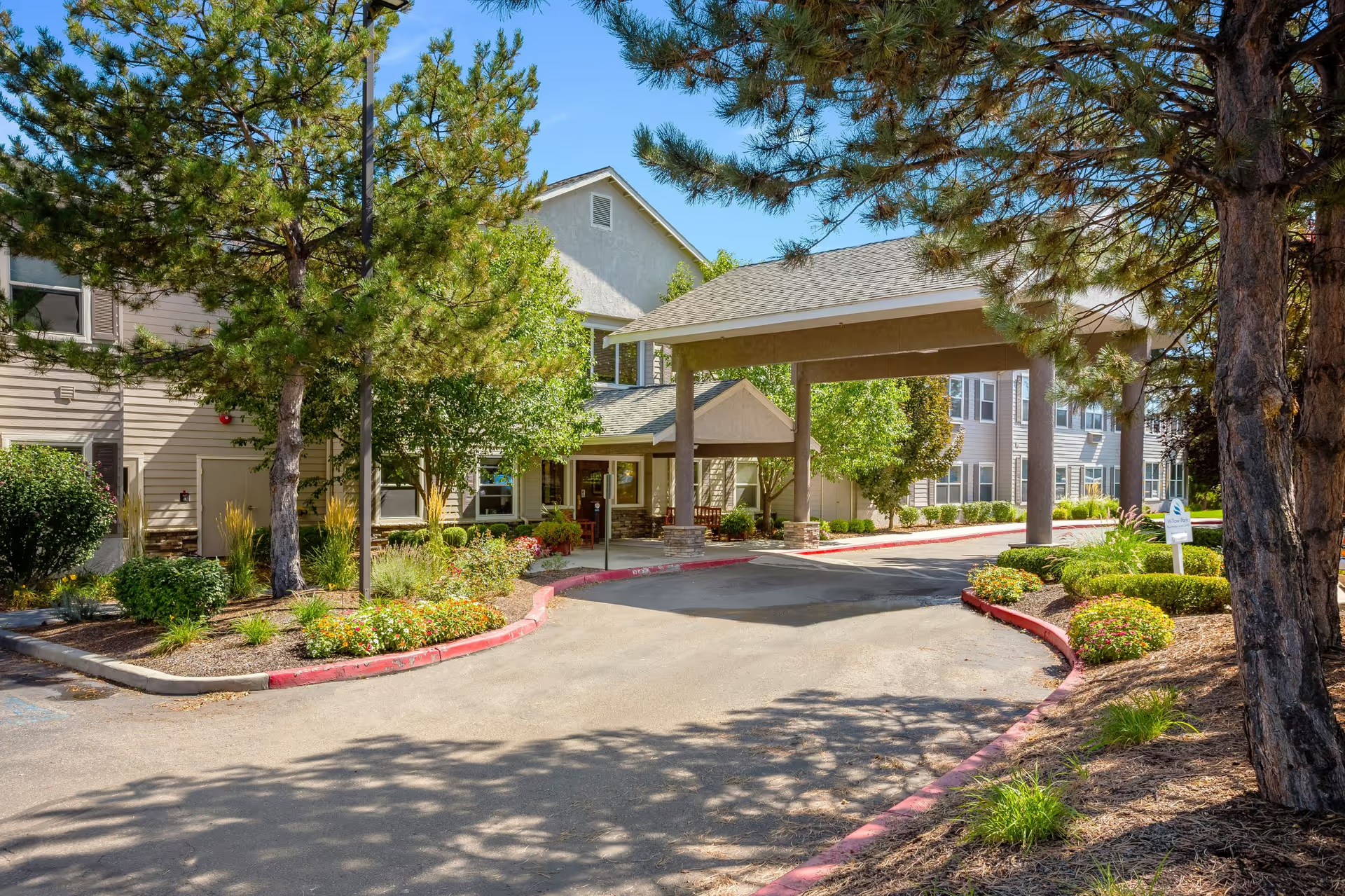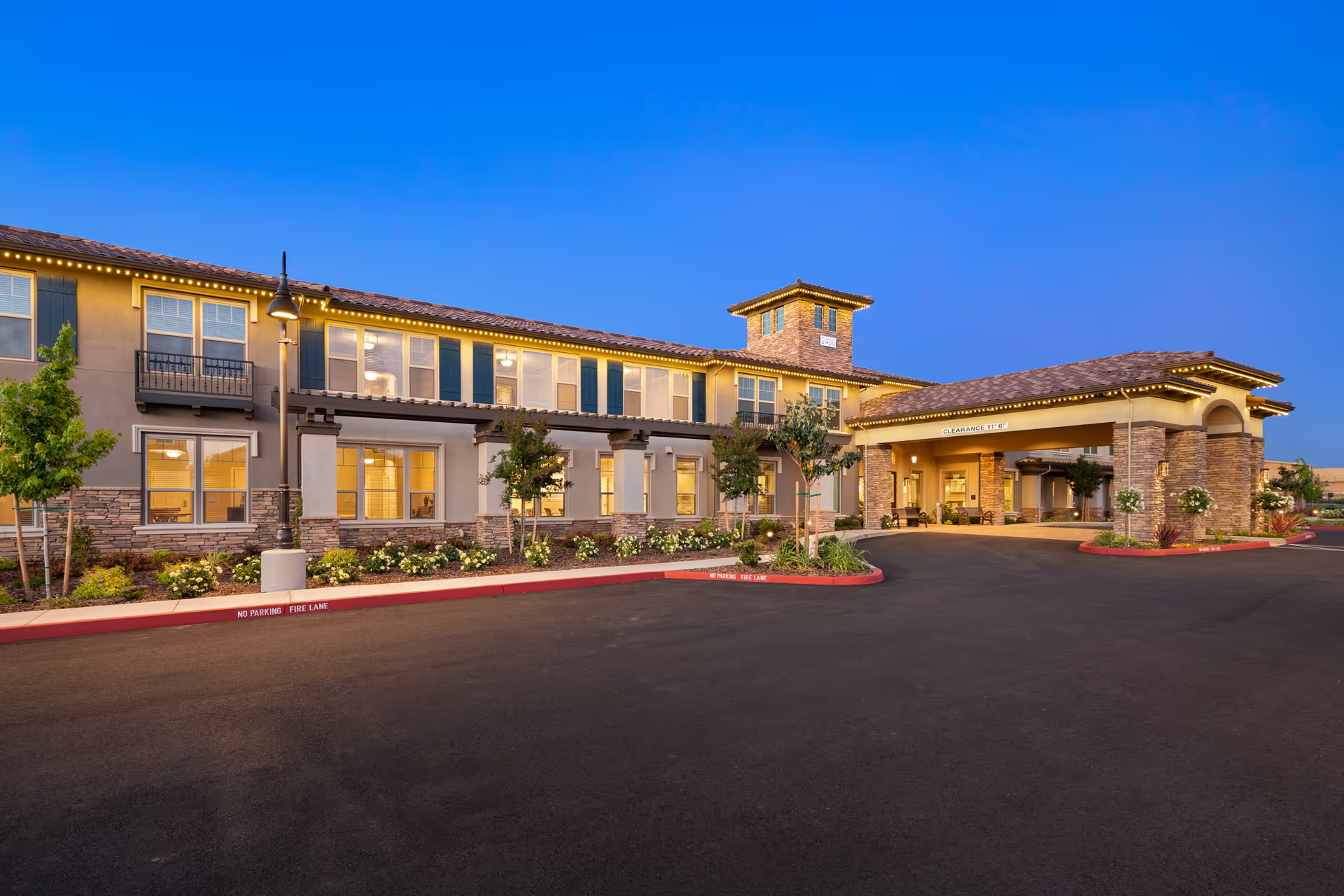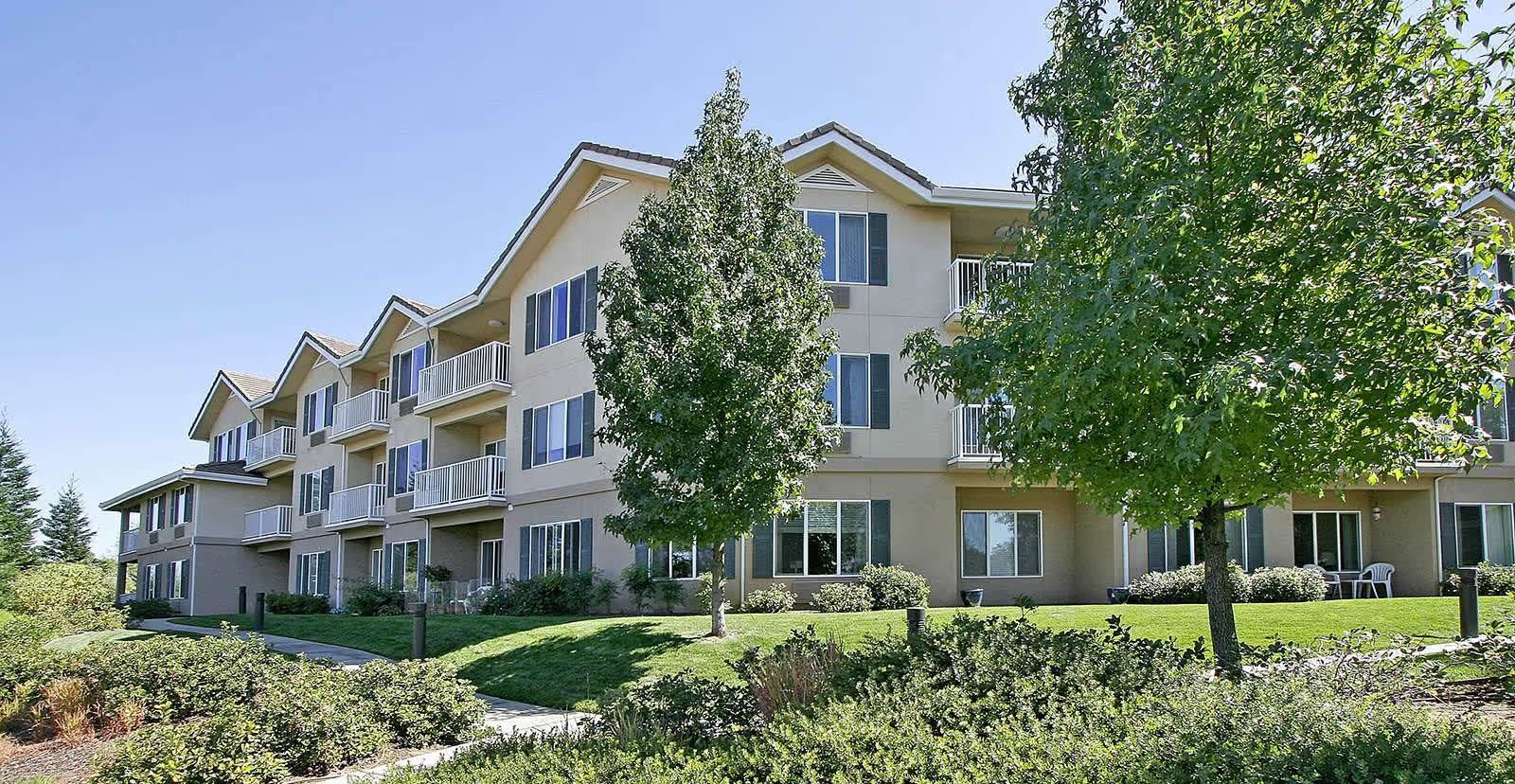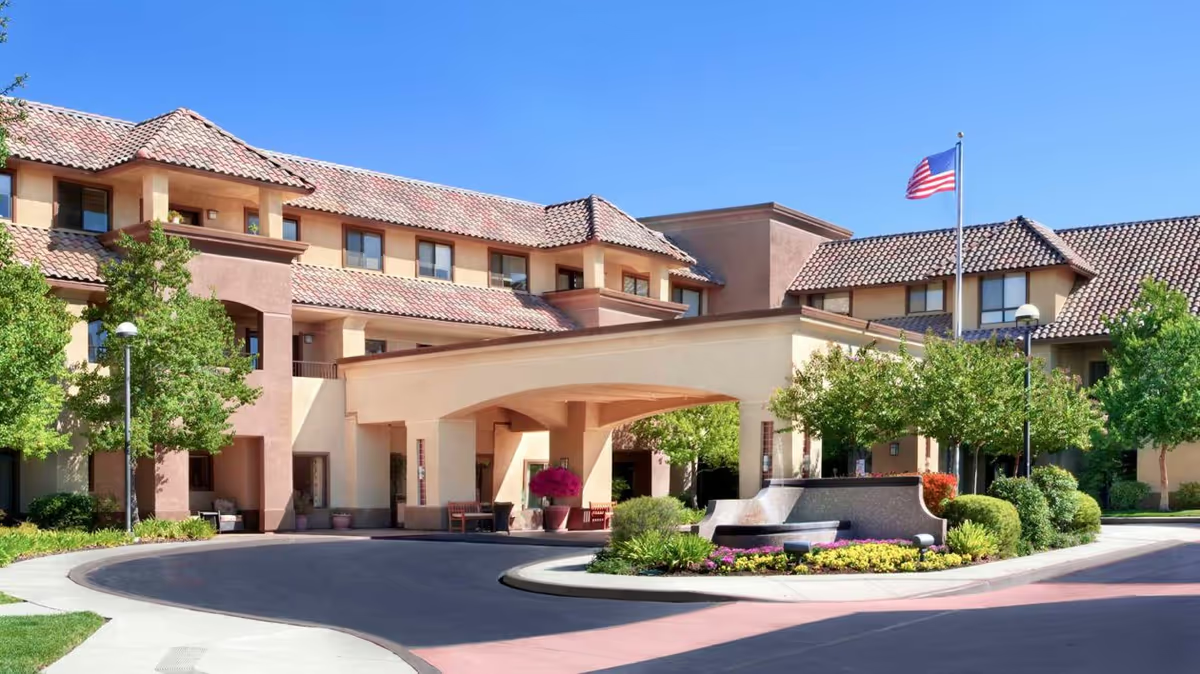Overall sentiment across the reviews is broadly positive but mixed, with strong praise for staff, cleanliness, amenities and the social environment counterbalanced by recurring operational concerns around billing, dietary flexibility and staffing consistency. Many reviewers emphasize that Bridgeport Place creates a welcoming, social and well-kept environment: residents are described as smiling, active and engaged, common spaces such as the library, pool table area, media/theater room and large dining room are repeatedly noted as appealing, and apartments (especially remodeled one-bedrooms with kitchenettes) are called spacious, bright and comfortable.
Staff quality and interpersonal care are among the facility's most frequently praised features. Multiple reviews single out individual team members (notably Diba and others) for being compassionate, patient and supportive during stressful transitions. Families report clear communication, quick responses to questions, attentive caregiving (vitals checks, calls to family, accompaniment to appointments) and a generally caring, family-like culture. Several reviewers specifically mention successful emergency/same-day placements and a smooth intake process. At the same time, a number of reviews describe inconsistent staffing, inexperienced staff during certain shifts, and high turnover—issues that can cause stress for families and contribute to uneven experiences.
Facility features and programming are strong highlights. Reviewers praise the memory care unit for its natural light, safety features and stimulating environment; there are also dedicated areas for physical therapy, exercise, massage, cognitive stimulation and recreation. The community runs a broad calendar of activities—cards, weekly music, crafting (including edible crafting), movie nights, gambling nights, holiday programs, pet visits, outings and church services—resulting in frequent comments about an engaging, social atmosphere. Accessibility for walkers and wheelchairs, secure outdoor garden/gazebo spaces, and intentional programming for resident choice and independence are additional positives repeatedly cited.
Dining and amenities receive mixed but generally favorable comments. Many reviewers find the menu appealing and praise meals and the dining atmosphere; others report small portions, limited choices and subpar food quality. A notable operational complaint is dietary inflexibility: at least one family reported the kitchen could not promptly produce pureed meals and that this influenced readmission decisions. Salon, spa and fitness spaces are available and appreciated by some families, but dining and special dietary accommodations appear to be an area for improvement.
The most significant negative pattern centers on billing, fees and financial policies. Multiple reviews call out high daily costs, unexpected extra charges (e.g., carpet cleaning or replacement fees), price increases without notice, minimum charge periods, charges after a resident's death and slow refunds. These issues create substantial frustration and occasional disputes. Several reviewers explicitly call out lack of transparency or surprise charges on final bills, which stands out as a consistent operational risk for prospective residents and families.
Safety and clinical appropriateness are described inconsistently. While many families felt their loved ones were safe and well-cared-for—with nurses on site and clear safety policies—other reviews report serious concerns: insufficient night supervision, incidents of aggression between residents, a report of a resident being struck by another resident, and cases where EMTs were required. Some families said residents with advanced or particular types of dementia (e.g., Lewy body) were not accepted or that the community was not a good clinical fit. These divergent reports suggest that while the community can provide excellent supervised memory care for some residents, it may not be uniformly equipped for all levels of behavioral or complex medical needs.
Management and communication show improvement in some reports and shortcomings in others. Several reviewers state new management has addressed past issues and is responsive to feedback, with open-door policies and helpful tour staff. Conversely, others experienced poor communication around charges, sudden pricing changes, or felt certain staff were rehearsed rather than genuinely caring. Practical concerns such as limited parking, an in-town busy street location, and longer travel times for some families are additional logistical items to weigh.
Bottom line: Bridgeport Place appears to be a well-kept, activity-rich assisted living community with many compassionate staff members and amenities that support social engagement and independence. It is often recommended by families for its atmosphere, cleanliness and responsiveness during admissions. However, prospective residents and families should conduct careful due diligence around financial policies, dietary accommodations, the level and consistency of clinical and night-time staffing, and suitability for advanced dementia or complex behavioral care. Visiting in person, asking for detailed billing/fee schedules, clarifying dietary capabilities and observing staffing patterns at different times of day will help determine whether Bridgeport Place is the right fit for a specific resident's medical and financial needs.

